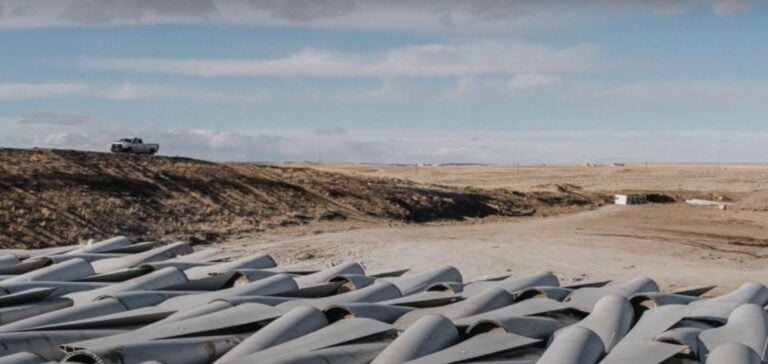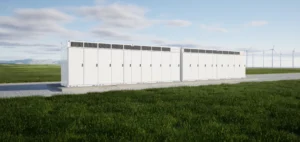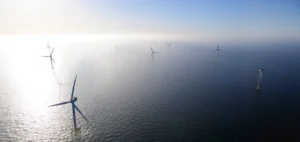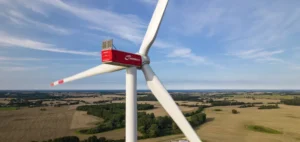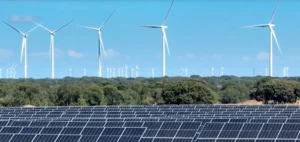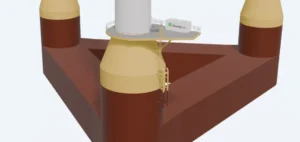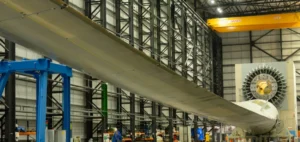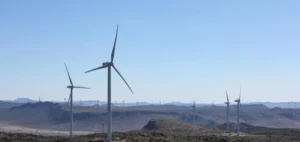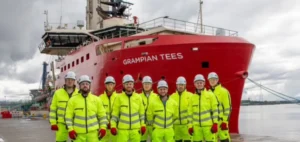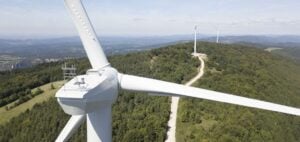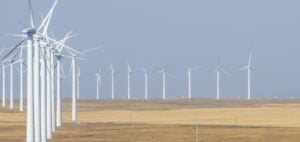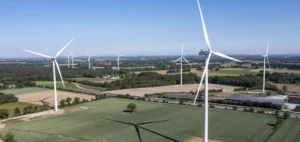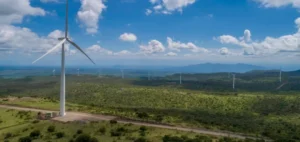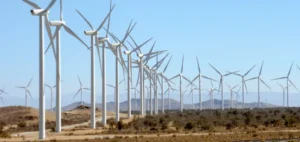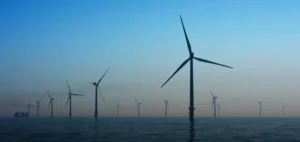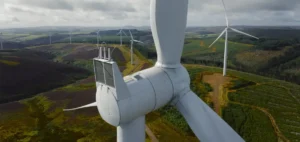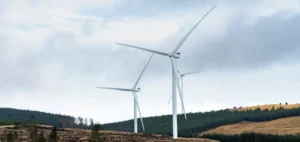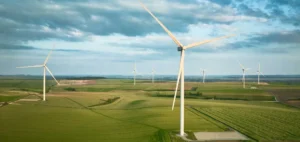Les gestionnaires de réseaux de transport (TSOs) de Finlande, Estonie, Lettonie, Lituanie, Pologne et Allemagne ont lancé la phase de faisabilité du Corridor hydrogène nordique-baltique (NBHC). Cette initiative fait suite à l’étude préliminaire réalisée en 2024 et vise à établir un plan concret pour l’infrastructure de transport de l’hydrogène entre ces pays.
Cette phase, prévue jusqu’en 2026, couvre des domaines techniques et financiers clés, notamment : le tracé des pipelines, la planification des stations de compression, l’analyse économique, ainsi que la prise en compte des permis environnementaux et de sécurité. Ces éléments détermineront les conditions nécessaires à la mise en œuvre et à la rentabilité du projet.
Une planification transfrontalière
Les TSOs impliqués travailleront également sur des études transfrontalières pour harmoniser les aspects techniques et commerciaux, ainsi que pour gérer les relations avec les parties prenantes. Ces études doivent aboutir d’ici la fin de 2026 et s’inscrivent dans une logique de coordination régionale.
Une étape préalable, prévue pour 2025, est l’étude des principes commerciaux communs. Cette phase consistera à définir les modèles de coûts et de revenus liés à la gestion de ce corridor transfrontalier, avec l’objectif de garantir une répartition équitable des investissements et des bénéfices entre les parties concernées.
Un projet structurant pour les marchés de l’hydrogène
Le NBHC s’intègre dans une stratégie visant à développer les infrastructures nécessaires au transport de l’hydrogène produit localement vers les zones à forte demande. Ce corridor pourrait jouer un rôle central dans l’optimisation des capacités nationales et dans l’intégration des réseaux d’hydrogène au niveau européen.
Les TSOs impliqués incluent :
– Gasgrid vetyverkot Oy (Finlande)
– Elering (Estonie)
– Conexus Baltic Grid (Lettonie)
– Amber Grid (Lituanie)
– GAZ-SYSTEM (Pologne)
– ONTRAS (Allemagne)
Contexte institutionnel et perspectives
Le projet NBHC a été reconnu comme Projet d’Intérêt Commun (PCI) par la Commission européenne en avril 2024, dans le cadre du Plan d’interconnexion énergétique baltique pour l’hydrogène (BEMIP Hydrogen). Ce statut facilite les démarches administratives et l’accès au financement européen.
En octobre 2024, une demande de financement auprès du mécanisme Connecting Europe Facility (CEF) a été soumise, avec des résultats attendus pour le premier trimestre 2025. Ce financement est crucial pour soutenir les travaux d’étude et, à terme, les décisions d’investissement.
Les résultats finaux des études, qui intègrent des considérations techniques, économiques et légales, seront déterminants pour évaluer la viabilité du projet et orienter les prochaines étapes, notamment les engagements financiers.


